Let’s Talk Zoa & Zoanthid Coral Care
Thinking about adding some Zoa or Zoanthid corals to your reef tank? Great choice! These little guys are colorful, hardy, and super fun to grow. Let’s walk through how to keep them happy.
So, What Exactly Are Zoanthids?
Zoanthids—aka Zoas—are soft corals that grow in colonies of tiny, flower-like polyps. They come in just about every color you can imagine and are perfect for beginners and pros alike.
Setting the Scene: Tank Conditions
Zoas aren’t too picky, but they do have preferences. Here’s what they like:
- Lighting: Moderate to high. Blue LEDs really make them pop!
- Water Flow: Gentle to moderate. Think breezy, not blustery.
- Temperature: 76–82°F (24–28°C)
- Salinity: 1.024–1.026 SG
- pH: 8.1–8.4
- Alkalinity: 8–12 dKH
Where Should You Put Them?
Zoanthids are pretty chill about placement. Start them on a flat rock or frag plug in the middle of your tank. Once they settle in, they’ll spread like a colorful carpet. Just don’t put them too close to aggressive neighbors.
Do Zoas Eat?
Yep! While they get most of their energy from light, they’ll happily snack on:
- Phytoplankton
- Zooplankton
- Coral foods like Reef Roids
Feeding once or twice a week can boost growth and color.
Want More Zoas? Let’s Frag!
Zoanthids reproduce by budding. To frag them:
- Wear gloves and eye protection (seriously—some Zoas can release palytoxin).
- Use a sharp blade to cut between polyps.
- Glue the new piece to a frag plug or rock.
Give them a few days to settle, and voilà—new colony!
Heads-Up: Common Issues
- Closed Polyps: Could be water quality, lighting, or pests.
- Pests: Watch for nudibranchs, sundial snails, and spiders.
- Zoa Pox: White spots? Try an iodine dip or coral-safe treatment.
Safety First
Some Zoanthids produce palytoxin, which is dangerous to humans. Always wear gloves and work in a well-ventilated area when handling or fragging Zoas.




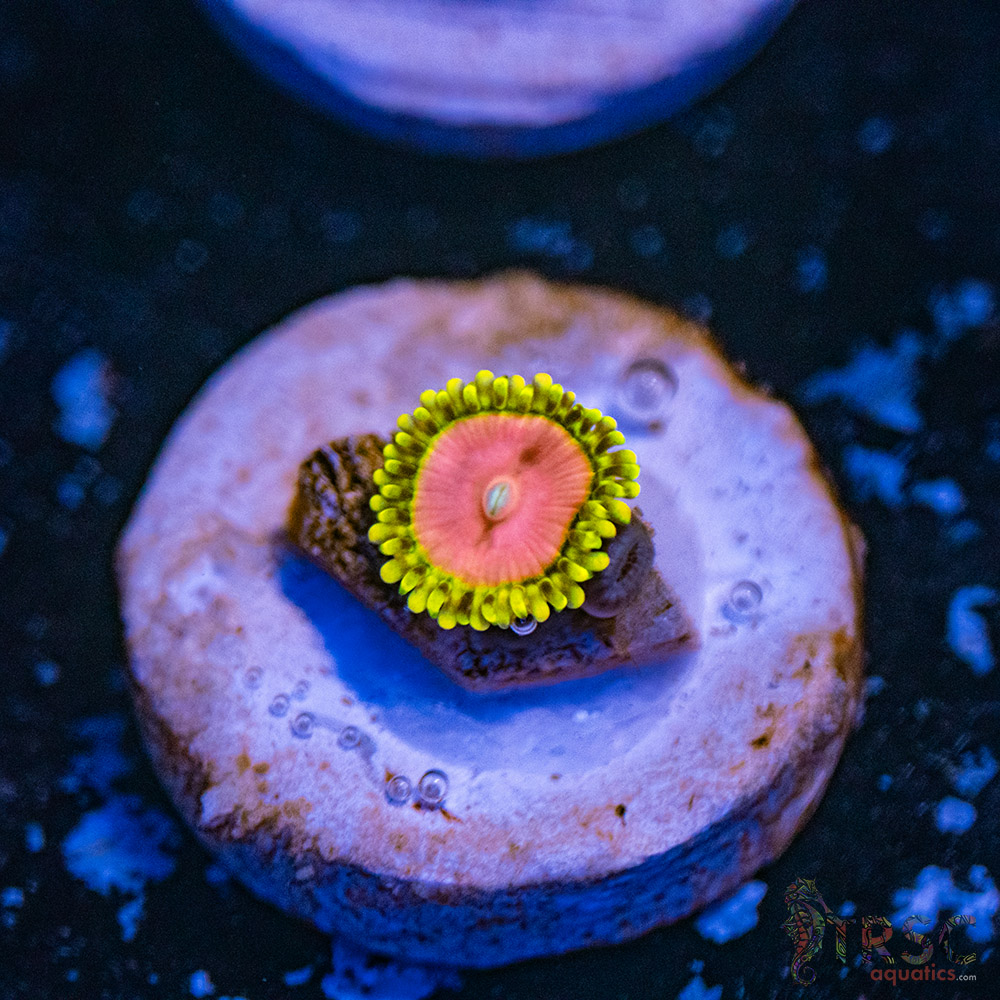
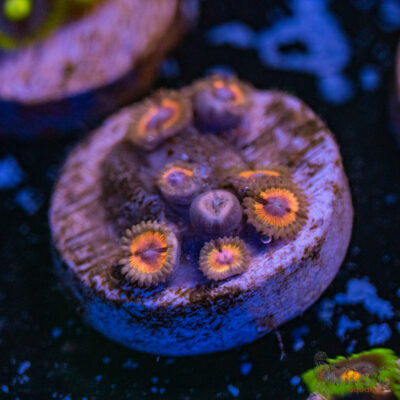
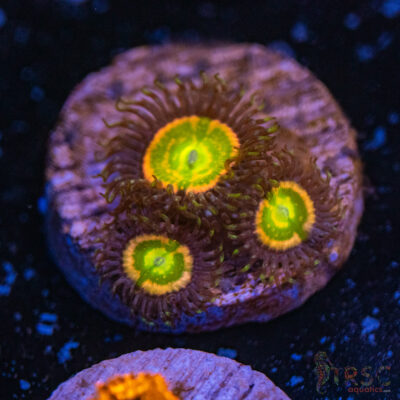
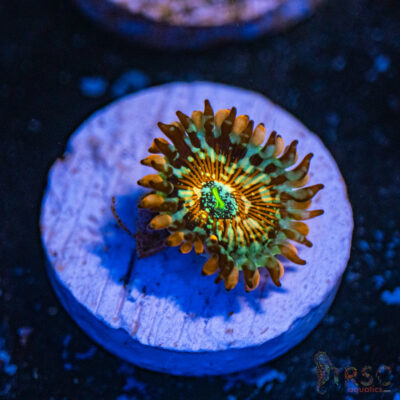
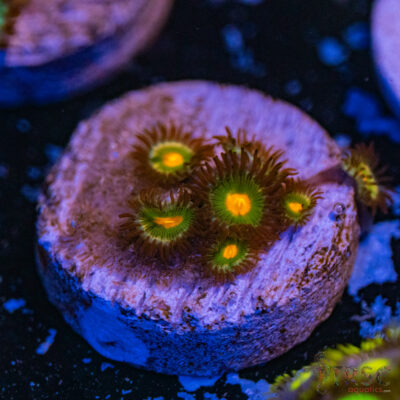
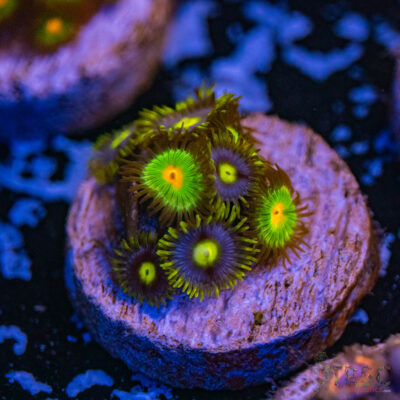
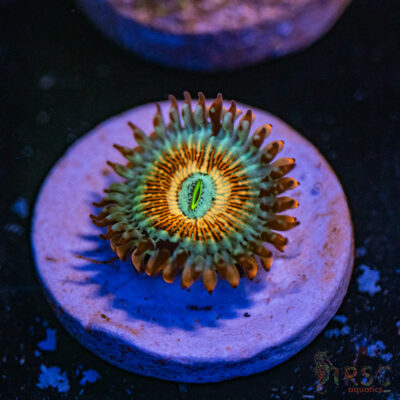
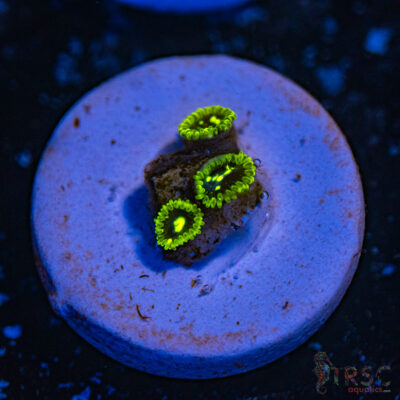
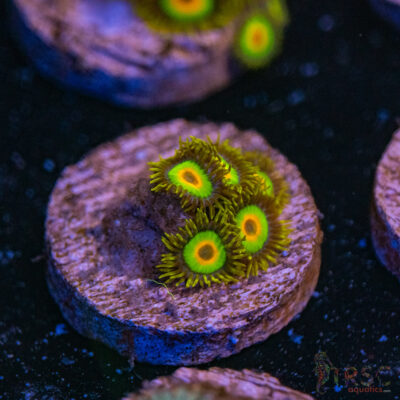

Reviews
There are no reviews yet.